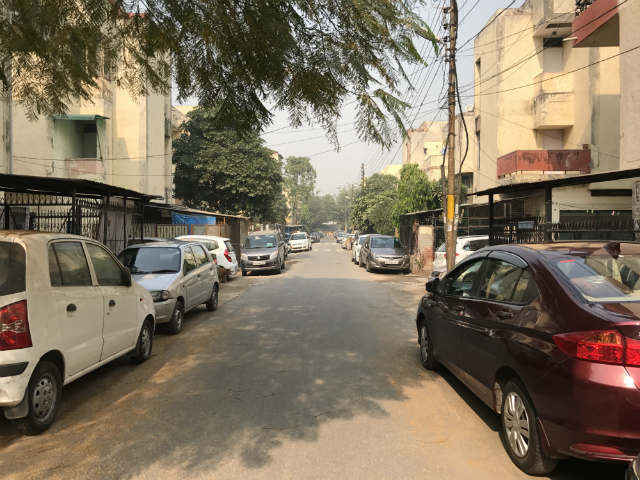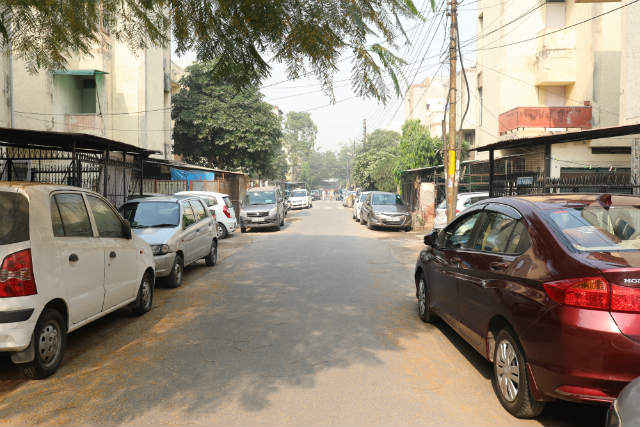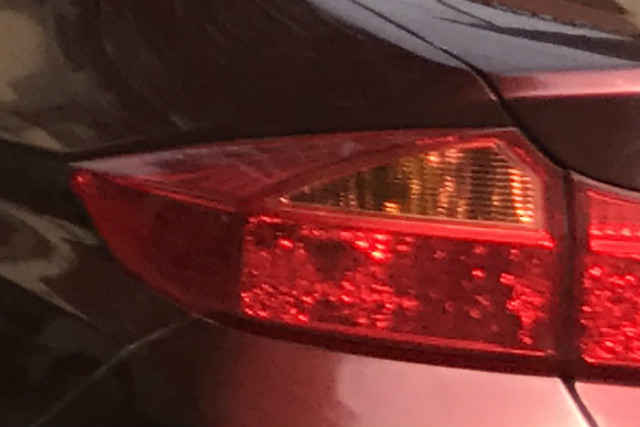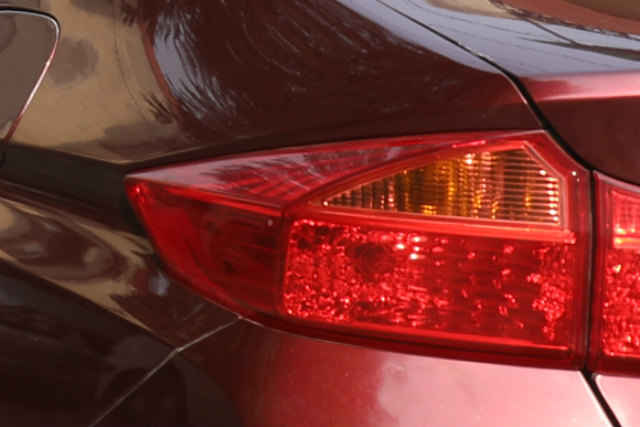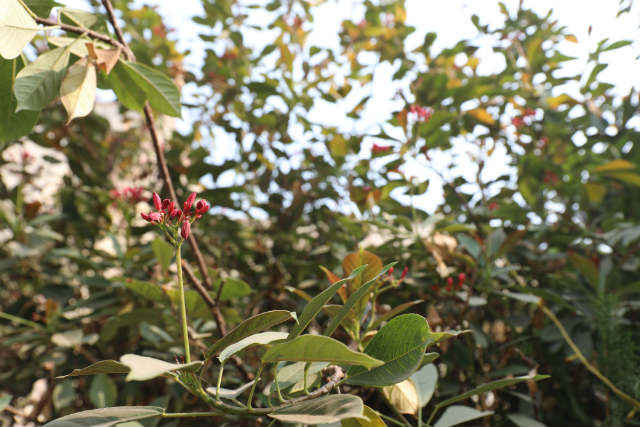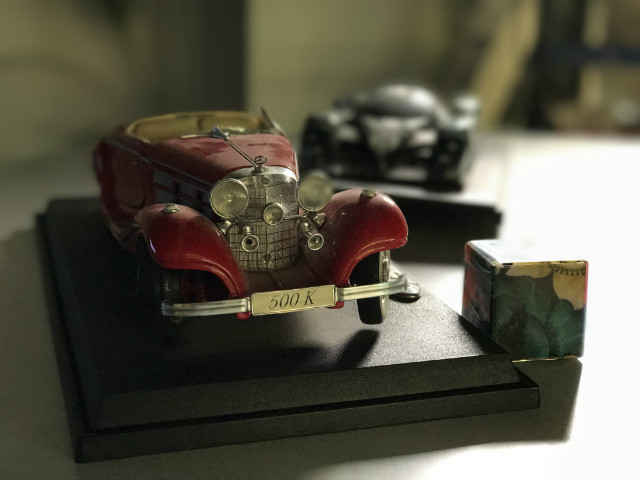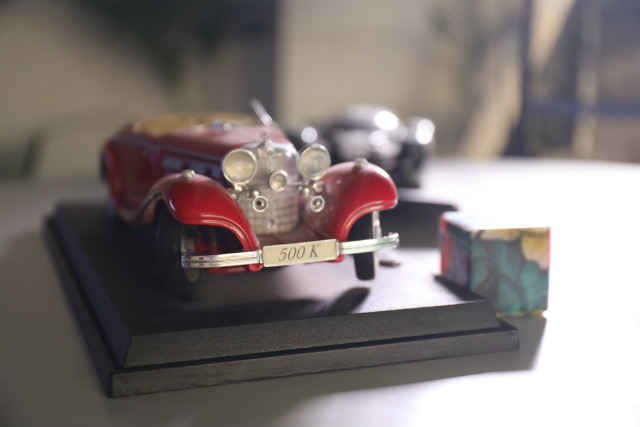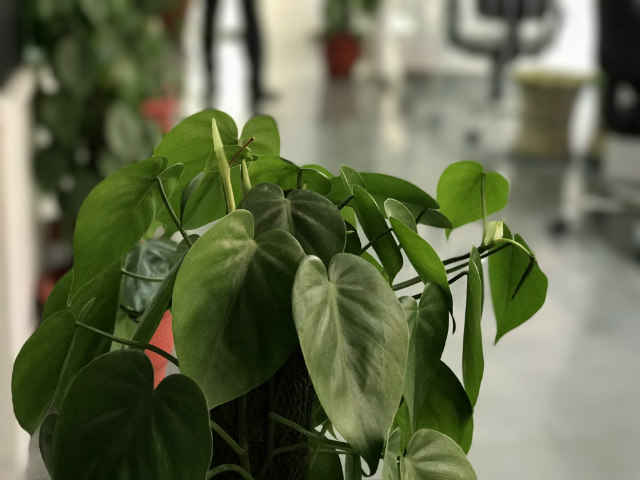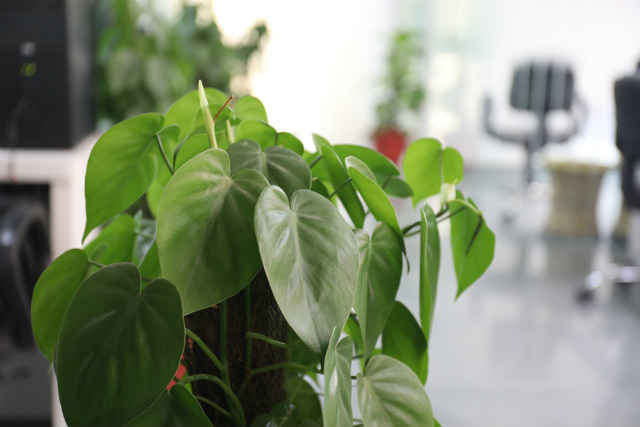Apple iPhone 7 Plus v. Canon EOS 5D Mark IV: The progress of smartphone photography
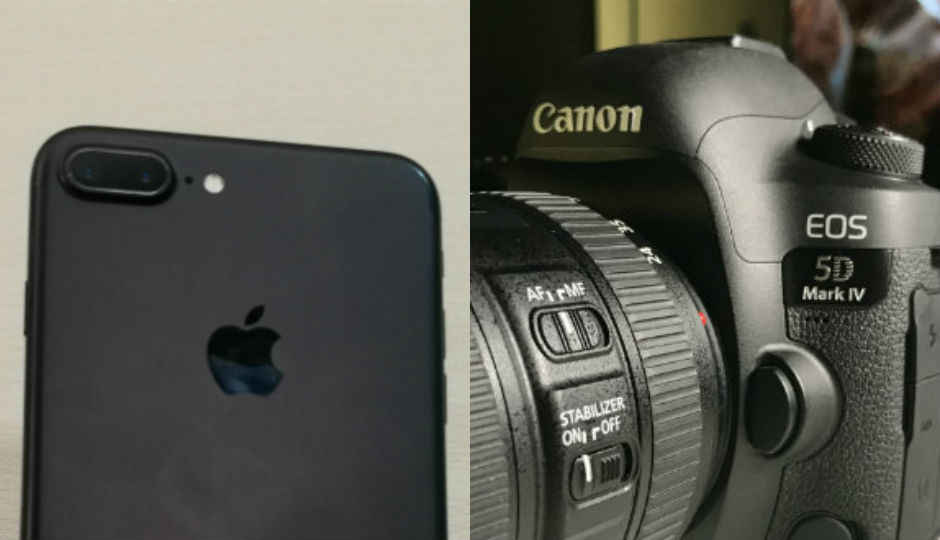
Smartphone photography has improved significantly over recent times, but how far has it reached in comparison to one of the best cameras around? Here's what we found:
All said and done, the Apple iPhone 7 Plus truly has one of the best smartphone cameras ever built. Apple’s latest flagship smartphone brings the crisp details of the Google Pixel and the excellent low light shooting capabilities of the Samsung Galaxy S7 Edge, and marries all of this to its own algorithms that preserve colours as per source and adjust white balance really well. Naturally, when we have one of the best smartphone cameras in hand, we had to see actually how close smartphone photography has come to one of the best dedicated cameras right now.
Enter, the Canon EOS 5D Mark IV. Canon’s latest edition of its much-loved lineup of EOS 5D full frame DSLRs is one of the most versatile shooters available today, in terms of photography parameters and ease of usage alike. The Canon EOS 5D Mark IV is one of the most versatile DSLRs around, and there is absolutely no comparison between the quality of photographs between the two. Nevertheless, this comparison makes for an interesting benchmark in terms of how close smartphone photography has really come to dedicated cameras.
The Apple iPhone 7 Plus’ Portrait Mode has attempted to emulate more expensive, fast lenses used in cameras to present soft backgrounds with shallow depth of field. This particular mode makes use of the telephoto lens to shoot the photograph, the wide, f/1.8 lens for additional details, and algorithms to process soft backgrounds. Hence, we chose to focus on how bokeh truly looks like when produced on a dedicated camera, and how much software-processed soft backgrounds fundamentally differ.
Image Quality and Noise
The iPhone 7 Plus does shoot reasonably sharp photographs, with a good balance of colours, contrast and white balance. However, the limitations of a smaller imaging sensor really shows when you check the photograph samples at 100% crop.
Apple iPhone 7 Plus
Canon EOS 5D Mark IV
While the iPhone 7 Plus does produce colours that are quite close to the source of the subject, 100% crop samples reveal fine pixel noise, which is exactly what we expected. The iPhone 7 Plus’ primary sensor is a 1/3-inch type sensor, measuring 4.8mm x 3.6mm in dimensions. In comparison, the full-frame sensor of the Canon EOS 5D Mark IV measures 36mm x 24mm. In absolute comparison, the full-frame sensor has 50 times the surface area as of the iPhone 7 Plus’ sensor, which gives the camera an incomparable lead in terms of incident light capacity.
Apple iPhone 7 Plus
Canon EOS 5D Mark IV
The noise, hence, will be persistent in phone cameras as a matter of mechanical limitation. Photographs shot by cameras with smaller sensors exhibit higher noise on account of lesser light captured and smaller pixels, and the difference between the Apple iPhone 7 Plus and Canon EOS 5D Mark IV will be persistent until phones begin including larger sensors.
Apple iPhone 7 Plus
Canon EOS 5D Mark IV
Inherently, photographs shot by the Canon EOS 5D Mark IV are much brighter, exhibit great sharpness levels, and are amply vibrant. The iPhone 7 Plus, though, does justify its place as an instant shooting companion for the professional photographer. It still produces good details, and frames on overall terms are well-rendered in terms of colours and sharpness. No smartphone cameras will be able to replace DSLRs, but can be a good companion for the professional photographer.
Bokeh
The fundamental difference between soft backgrounds produced by dedicated cameras and smartphones is the impact of algorithms. In photographs shot by the Canon EOS 5D Mark IV, bokehs exhibit blurred light sources in the background where the shape of the aperture is evident – something that really distinguishes blurred backgrounds caused by the shallow depth of field of the lens and the camera aperture, from smartphones.
Apple iPhone 7 Plus
Canon EOS 5D Mark IV
In the Apple iPhone 7 Plus, the lens is too small to successfully recreate the impact of bokeh as the EOS 5D Mark IV. Even beyond the mechanical limitations, the iPhone 7 Plus uses the f/2.8 telephoto lens paired with an even smaller sensor (1/3.6-inch type) in the Portrait mode, which further lowers the amount of light that the sensor can absorb. Along with this, the iPhone 7 Plus primarily uses its software to blur the background beyond the subject in focus. This often makes photographs look a bit unnatural, and the softness beyond the point of focus starts unnaturally.
Apple iPhone 7 Plus
Canon EOS 5D Mark IV
The Portrait mode is still in beta, so we expect it to further improve. Unfortunately, though, it will be more difficult for smartphone cameras to recreate dedicated camera-like bokeh, yet again because of mechanical limitations.
The Apple iPhone 7 Plus, hence, makes for a good companion to a dedicated camera. Smartphone photography has evidently evolved in leaps and bounds, but still stand far away from replacing dedicated cameras.

